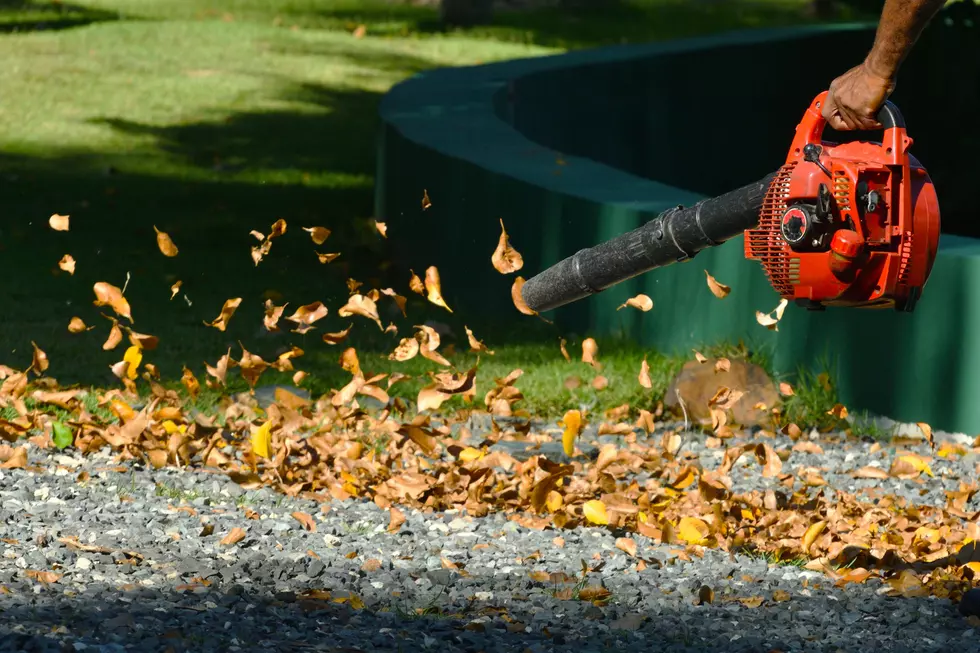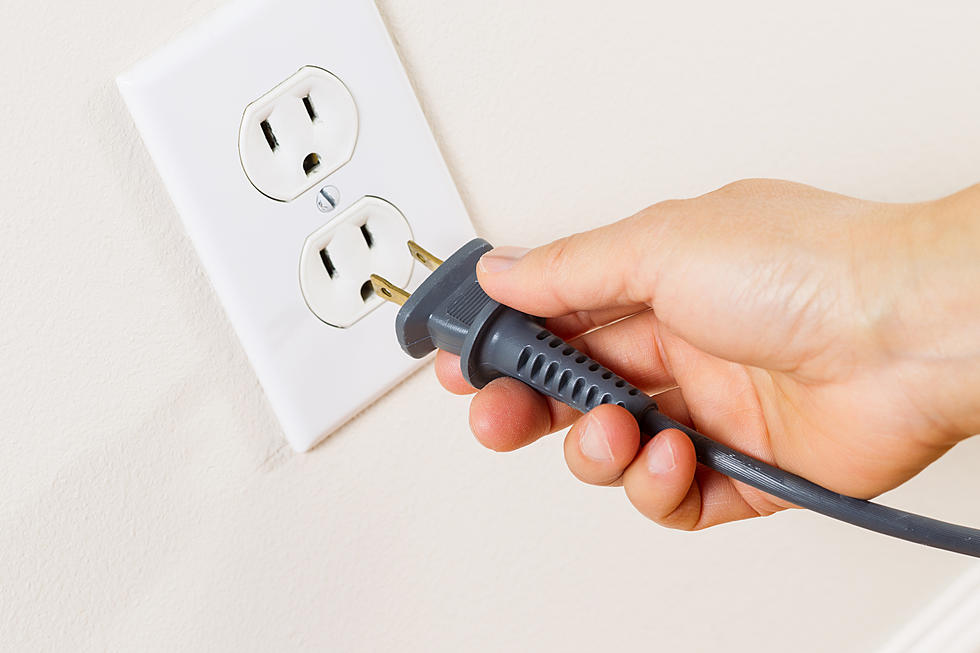
Homeowners: Be Smart, Use Common Sense When Cutting Trees or Branches Around Electrical Wires
People are starting to prepare their homes and yards for the fall and winter months. Bringing in planters, covering flower beds with tarps and cutting trees and branches that could become a nuisance. I know their mode of thinking, "do it now before the snow flies". There are more and more accidents happening at home involving tree branches and electrical wires, use caution and check out these helpful tips.
More people are DIY'ers. Gathering satisfaction and saving money by successfully tackling a project and getting the job done. But with trees near overhead electrical wires there's often an underestimate of the potential danger. These accidents are preventable.
I learned in an article for the Tree Care Industry Association that tree limbs can conduct electricity. When trees grow near overhead electrical wires, they can contact the wires and become energized. That electrical power is strong enough to injure or kill humans.
Don't be fooled by the voltage of the lines. Service wires leading from the pole to the house can pack a punch. The type of shock you might have received (and survived) when changing a household light switch is not the same type of shock you will receive if you contact a low-voltage utility wire.
Here are a few tips from the Tree Care Industry Association to avoid trees in wires:
- Look for power lines before pruning trees and large shrubs. If lines are anywhere near the tree, don't attempt any tree work. Professional tree climbers have the training and equipment needed to perform these tasks safely.
- Never climb a tree in order to prune it. Even if the wires aren't currently touching the tree, remember that the trees branches will shift once you begin climbing or removing limbs.
- Wearing rubber-soled shoes or rubber gloves while tree pruning will not protect from a fatal shock.
- Never extend long-handled saws or pruners into a tree without checking for power lines. Electricity is always trying to go somewhere, and it will easily travel through metal, water, trees, and/or the ground.
- Don't move ladders or long-handled pruning tools around the yard without first looking up. Always read and heed ladder-use safety labels.
The best thing to do is hire an insured tree care professional with the experience, expertise and equipment to safely take down or prune trees in wires. Require proof of liability insurance, and check to see if the cost of the work is covered by your insurance company.
An easy way to find a tree care service provider in your area is to use the "Locate Your Local TCIA Member Companies" program. You can use this service by doing a ZIP Code search on www.treecaretips.org.
Info via: Press Release, Tree Care Industry Association
More From B105









